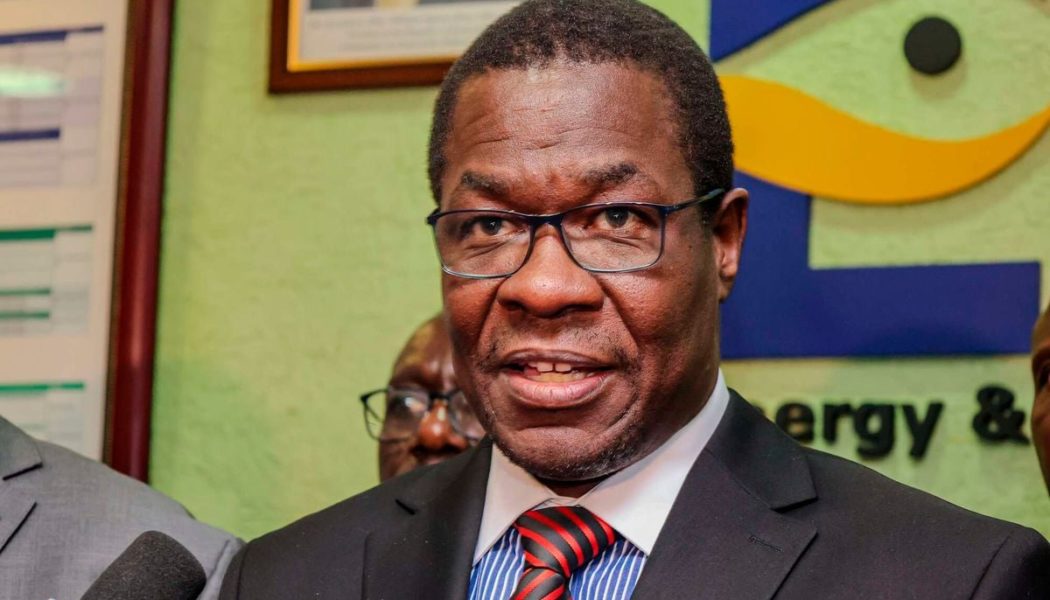
Kenya Power cut electricity to some customers in August due to inadequate power supply, raising fresh fears over the country’s energy security.
This was revealed on Friday by Energy Cabinet Secretary Opiyo Wandayi, who laid bare the government’s unpreparedness to meet the country’s growing demand for electricity.
Mr Wandayi said that Kenya Power had shed six megawatts (MW) of demand on August 21, 2024, after peak demand hit a record 2,239MW.
Load shedding is a process through which a power distributor cuts supply to customers during periods of high demand and inadequate supply in a bid to prevent the grid from collapsing.
“During the last peak demand of 2,239MW recorded on 21st August 2024, 6MW was load shed from the grid while the reserve margin was only 9MW against the system requirement of 310MW,” the CS said.
Mr Wandayi was speaking hours after a nationwide blackout – the second in a short span of six days – hit the country, disrupting domestic and business activities.
The latest outage was attributed to a trip of the 220kV Loiyangalani high voltage transmission line at the Suswa substation. The line was evacuating 288MW from Lake Turkana Wind Power (LTWP).
This was followed by a trip on the Ethiopia—Kenya 500kV direct current interconnector, which was then carrying 200MW, resulting in a total loss of 488MW. The total demand on the system at the time was 1,790 MW.
This led to a grid collapse that caused a blackout across the country. Only some parts of Western Kenya, supplied through the interconnector to Tororo in Uganda, were spared.
Mr Wandayi attributed the increasingly frequent nationwide power outages that have hit the country in recent years to inadequate investment in energy infrastructure over time.
“What we are witnessing today has built up over time and is as a result of sub-optimal investment in energy infrastructure. The sector is looking into short-term and long-term interventions to address this challenge, including bringing onboard private sector capital to supplement government efforts,” he said.
Power rationing was rampant in Kenya in the 1990s, which forced then-President Daniel Moi to open up the sector to private investment through independent power producers (IPPs).
The investment in new generation capacity by both the State-owned KenGen and IPPs helped stabilise the power supply and ended rationing.
Kenya has, however, been slow to add new generation capacity in recent years to match the growing demand. Moreover, the country’s recent major capacity investments have been in renewable energies such as wind and solar, which are intermittent.
This has reduced the country’s reserve margin to as low as four percent, exposing Kenya to power rationing, a situation that could worsen if new investments in the sector are not made fast enough.
In addition, the country’s transmission network is constrained and is not well equipped to handle the growing electricity demand.









